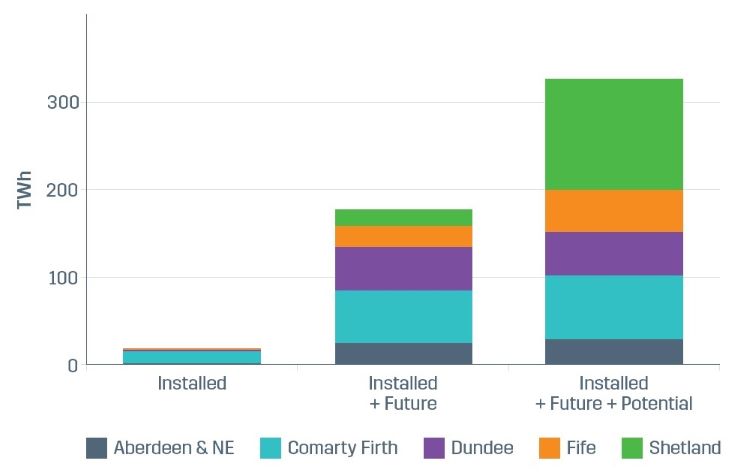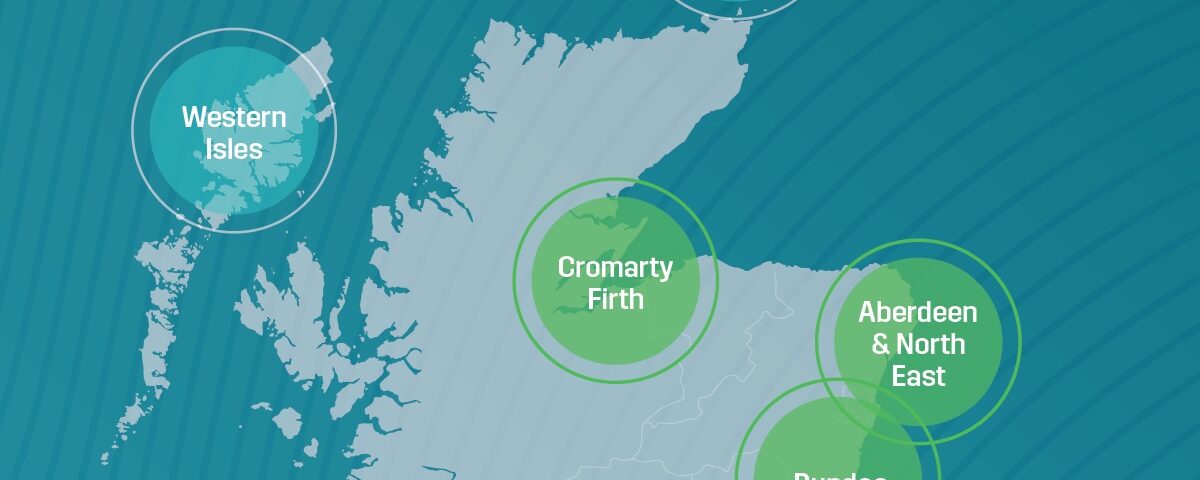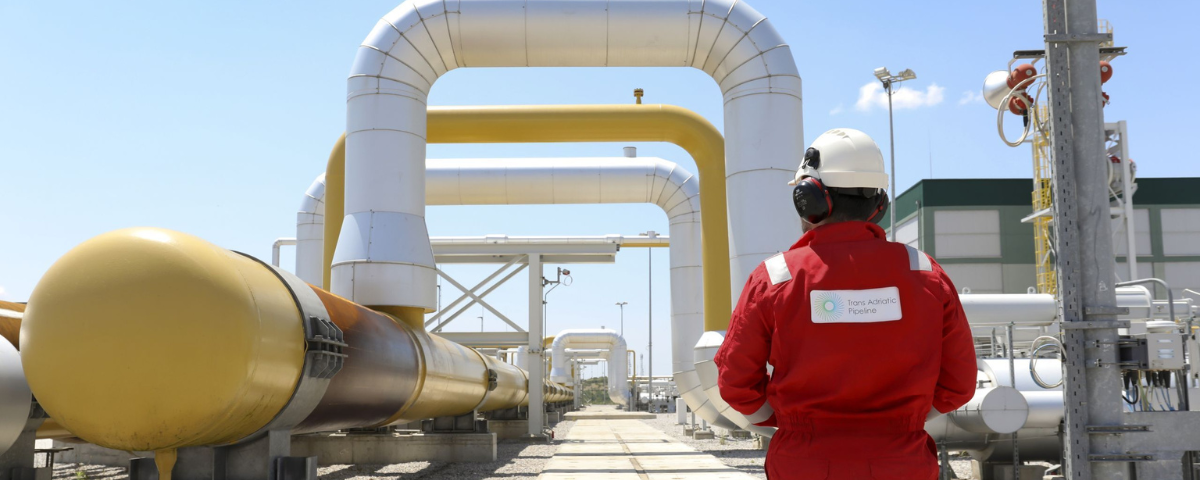The Energy Hubs – Fill the Backbone report by Hydrogen Scotland member Net Zero Technology Centre highlights the emerging opportunity to export green hydrogen from Scotland into the expanding hydrogen market in Europe. Economic modelling indicates that a 10 GW scale Energy Hub in Scotland producing green hydrogen from floating offshore wind could produce hydrogen for £3.90/kg. To capitalise on this opportunity, Scotland will need to develop strategic Energy Hubs in time to meet this growing demand.
This report finds that the key to establishing a thriving hydrogen economy in Scotland is the development of Energy Hubs. An Energy Hub is a specific geographic location which will host all facilities necessary for the large-scale production of hydrogen and hydrogen derivatives such as e-fuels. It focuses on how to optimise the efficiency and economic viability of Scottish Energy hubs, including the opportunities offered by alternative fuels, CO2 imports and by-products.
Location assessments identified Cromarty, Shetland, Aberdeen & North-East, and Orkney to be optimal locations for green hydrogen production. A preliminary screening was performed to select five Energy Hubs for further detailed analysis of the current, future planned, and potential renewable generation capacity for each of the five selected hubs. The study results summarising the generation capacity that may be available for each Energy Hub location are depicted in the figure below.

With Scottish electricity demand being met predominantly by currently installed renewable capacity, there is an opportunity to use future (planned and potential) renewable capacity for alternative purposes, such as hydrogen generation. The analysis established the future (planned and potential) generation capacity for each energy vector at each of the five hubs. To avoid double counting, energy resources within a given area were uniquely allocated to individual hub locations. The results indicate that if all the future planned generation capacity for the areas covered by the five energy hubs is realised, then this could mean an annual surplus of 160 TWh. Realising renewable energy from sources classed as “potential” would add a further 150 TWh to the total. This incremental annual capacity is shown in the figure below.

This Energy Hubs project builds on the findings of NZTC’s Hydrogen Backbone Link project report released in August 2023, which demonstrates the feasibility of exporting 0.9 million tonnes of hydrogen per year from Scotland to Europe via a new dedicated 10GW capacity hydrogen pipeline. The Energy Hub project evaluates the potential of utilising Scotland’s offshore wind resource to produce GW-scale low-carbon hydrogen to supply the demand required by the proposed Hydrogen Backbone Link (HBL).
Phase one of this Scottish government funded Energy Hubs project also provides recommendations to achieve this ambition. It examines the infrastructure, long-term investment and technological innovations needed to establish commercially viable and efficient energy hubs across Scotland. Key recommendations include:
- Rapid investment targeted at next-generation technologies and manufacturing processes to accelerate floating offshore wind
- Innovations in electrolyser technologies to improve the efficiency of hydrogen production while reducing system costs
- Development of highly efficient energy storage facilities with GWh capacities
- Optimising the integration of energy vectors within Energy Hubs, along with exploring further opportunities in alternative fuels and byproducts
The likely power supply for multi-gigawatt scale hydrogen or e-fuel Energy Hub is floating wind. The cost of electricity from floating wind will have a significant impact on the commercial viability of the hydrogen produced in Energy Hubs. Economic modelling indicated that a 10 GW scale Energy Hub producing green hydrogen from floating offshore wind could produce hydrogen for £3.90/kg. The total CAPEX for a development (including both the wind farm and the hydrogen production facilities) was estimated to be £30.2 billion and would produce over 0.9 Mtpa of green hydrogen This modelling used forecasted costs for the late 2030s and anticipates that the cost of electricity from floating wind will decrease over time as the technology develops.
The Energy Hubs project is dedicated to advancing the Energy Hub concept by addressing the fundamental questions that emerge when considering how to establish large-scale hydrogen production in Scotland. The Energy Hubs project is one of seven projects being delivered through NZTC’s Net Zero Technology Transition Programme (NZTTP), which was awarded £16.7 million from the Scottish Government’s Energy Transition Fund (ETF). The Energy Hub project is funded over a three-year period and will conclude in November 2025.
You can also refer to a webinar that the Net Zero Technology Centre produced on this topic here: Energy Hubs Scaling up Scotland’s Hydrogen Production




